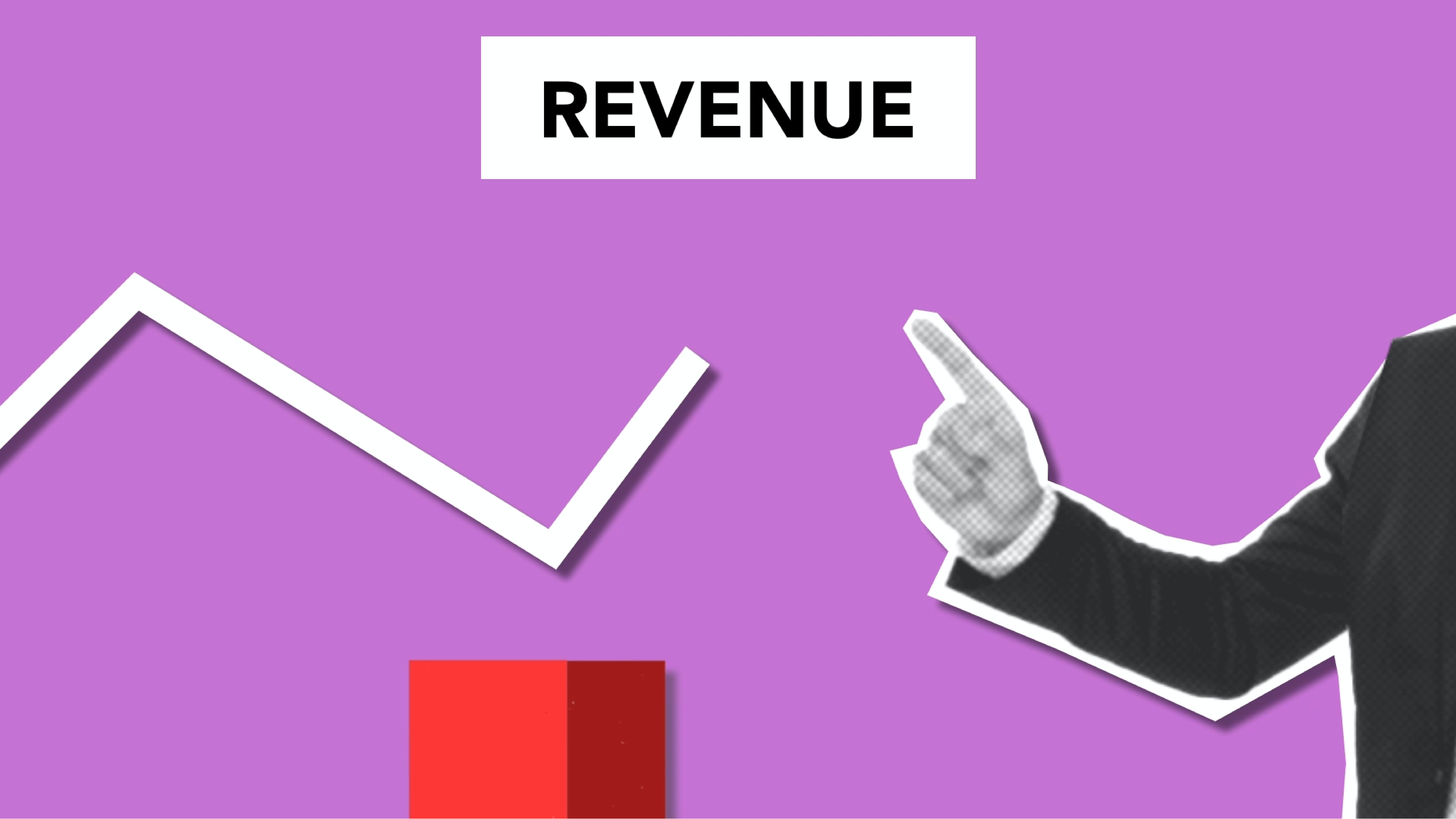Are You Using the Best Goal Setting Strategy for Your Business?

Your goal setting strategy is as important as your goal achieving strategy.
It’s true.
So many business owners fall short of their objectives, give up on their dreams, and stay stuck because they didn’t know how to choose the right goals at the right time.
It’s not that they aimed too high. In all honesty, I believe a lot of small business owners aim too low when it comes to long-term goals.
No, the real issue is that we tend to define our goals in limited terms… terms that don’t allow us to see and celebrate the gains we make while we pursue our objectives.
To clarify what I mean, I am going to show you three different ways you can reframe your goals for greater success this year and beyond.
The Planning Phase: Who You Become vs. What You Achieve
If you’re like most people, your goals are specific and concrete.
You’re going to make $1 million. You’re going to lose thirty pounds. You’re going to read one book every month.
Now, there’s nothing wrong with setting specific, measurable goals. In fact, as business owners, it’s important that we do. We have to know the numbers we’re shooting for so we can measure progress and adapt our strategies as we go.
(Side note: If you could use some help setting concrete goals and strategies for your business this year, try my free Business Plan Tool.)
That said, once you’ve defined what specific objective you want to achieve, it’s essential that you step back and ask yourself:
Who do I need to become in order to create that outcome?
This is the goal-setting step most business owners skip. And they waste a lot of time because of it.
Here’s an Example:
Let’s say Tim wants to double his revenue this year. To do that, he has to double his jobs. So he spends more money on marketing, which does help him bring in more leads, but his new marketing budget is really eating into his profits.
So he puts pressure on himself and his team to work faster, which leads to burnout and lower customer satisfaction. By the end of the year, he has definitely increased revenue. But his approach is not scaleable or sustainable.
What he really needs to do is book high-value jobs or create a job flow that requires minimal effort or resources from him.
In other words, Tim needs to start building relationships. He needs to connect with property managers, commercial property owners, and potential referral partners from related industries.
He’s not doing these things because he’s not comfortable doing them.
A stronger goal-setting method for Tim would have been to:
- Determine what he wants (double revenue)
- Determine the best strategy for achieving that goal (high-value clients and referral partnership)
- Ask himself how he needs to change in order to follow that strategy (step out of his comfort zone and network)
- Set strategies that help him make that personal change while he works on the practical matter of growing his business
Now, let’s look at smarter strategies for staying on track while you chase down your objectives.
The Execution Phase: Your Vision vs. Your Strategy
It’s nice to say “you gotta stay focused on your goal,” but let’s be real. Stuff comes up.
Your plan to boost advertising directed towards a specific customer segment is not getting the results you wanted. A colleague in another territory sees incredible growth with a creative strategy you’re now curious to try. An unexpected disaster leaves you with a much smaller budget.
This is where a lot of business owners start to feel conflicted… maybe even guilty.
They were supposed to be focused on their goals, but now they’re tempted to go in another direction.
Or maybe it’s not guilt they feel, but sheer stubbornness. After all, bailing on the strategy means bailing on the goal, and they’re not quitters.
That’s the mentality you get stuck with if you confuse your strategy with your vision… if you confuse the plan with the goal.
In order to grow your business, you must be fully committed to the vision you have for yourself and for your team. But you should not blindly cement yourself to a specific plan of action.
The pursuit of a goal should be a process of growth. At all times, you should be learning, evolving, and improving your methods. It is true that you should give a well-considered strategy time to succeed. Some methods take a while to yield results, and you don’t want to pull the plug too early on a sound and innovative idea.
But you also want to make sure your choices are still serving the vision. Sometimes reaching your vision means letting go of a strategy that’s only holding you back.

The Reflection Phase: How You Grow vs. What You Accomplish
As you pursue any goal, you have the occasional reflection phase. These are the check-in moments … typically the deadlines you set for reaching specific milestones. Ideally, these are actual check-in dates you set when you first outlined your strategy. But it can also be that moment when you think, “I thought I would have a second truck by now.”
In short, the reflection phase is any moment when you stop to ask, “Am I where I thought I’d be at this point?”
The answer will not always be yes.
But a “no” is not a crisis.
It can feel like one. Often, a “no” feels like failure. And for many business owners, the failure to meet a goal feels like evidence that they’re not cut out to achieve the kind of success they want.
This is where a wrong mindset does the most damage.
There are a lot of reasons you may not have accomplished what you thought you should have by now. You could have run into unexpected obstacles that delayed your timeline. Or maybe you underestimated how long it takes to reach a goal like yours. (We do that a lot as human beings.)
And yes, the reason could be that you made a mistake in your execution or failed to follow through with proper discipline.
The one thing all these explanations have in common is that they do not have anything to do with your potential to fulfill your vision in the long term.
That is why it’s so important to measure your success not just by what you accomplished, but by how you grew.
The process of pursuing a goal is loaded with challenges, which means you inevitably become better by simply chasing after what you want. That means you are always getting closer to your dream, even if it takes longer than you expected.
And if you step into a reflection phase and realize you really blew it somewhere along the way, guess what? You just got wiser. You have new insight you didn’t have when you started this journey. And now you can make better decisions.
So see your growth and celebrate your growth. Taking the time to recognize how you’ve changed is key to recognizing your own unlimited potential.
Honestly, that’s what powerful goal-setting comes down to.
Before you can achieve anything, you have to be able to believe in your own power.
Further Resources on This Topic
Blog Post: Actually, Finally Change Your Life in 2020 (still applies!)
Free Tool: Business Plan Wizard
Free Video Course: Personal Development for Business Success
Free Ebook: Career-Defining Goals: Strategies for Setting Better Objectives and Achieving More
Book: How to Transform Your Mindset and Become a Self-Made Success Story